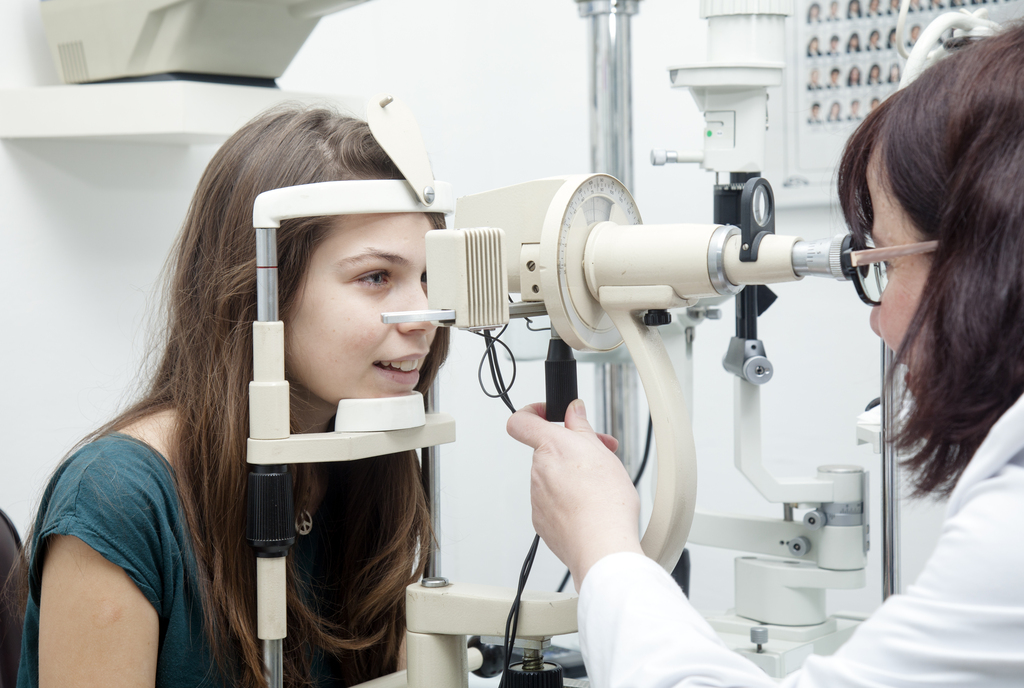Condition
Pediatric Optic Nerve Gliomas
What You Need to Know
Optic nerve gliomas is a tumor that arises only in the eye. Tumors of the optic nerve and visual pathway are the most common types of brain tumors in children with neurofibromatosis. Affecting nearly 20% of all children with neurofibromatosis, tumors can be incidental findings found on neuroimaging studies performed on asymptomatic children or progressive lesions that cause visual loss and other types of neurologic complications.
Key Symptoms
While the tumor may not be symptomatic and may be found incidentally, children with optic nerve gliomas may experience the following:
- Proptosis (sticking out) of the eye, with overlying swelling
- Retraction or drooping of the eyelid
- Eye wandering or involuntary movements
- Decrease vision
Diagnosis
Doctors will diagnose optic nerve gliomas with screening studies. These include:
- MRI scan
- CT scan
Treatment
About half of all visual pathway and optic nerve tumors occur in children with neurofibromatosis. In general, the rate of progression is somewhat slower and the degree of visual and neurologic disability caused by optic nerve gliomas is less in children with neurofibromatosis type 1 (NF1). In some cases, however, the tumor can grow rapidly and cause unilateral or bilateral blindness.

Schedule an Appointment
Our pediatric specialists provide personalized care for your child’s physical, mental and emotional health needs. Meet the providers who treat optic nerve gliomas and schedule an appointment today.
Frequently Asked Questions
How are optic nerve gliomas diagnosed in children?
What is the treatment for optic nerve gliomas in children?
Departments that Treat Optic Nerve Gliomas

Ophthalmology
See how the pediatric ophthalmologists at Children's National specialize in diagnosing and treating complex eye problems, including strabismus, childhood cataracts, glaucoma and rare congenital disorders.

Help Kids and Make a Difference
Invest in future cures for some of life's most devastating diseases. Give today to help more children grow up stronger.





